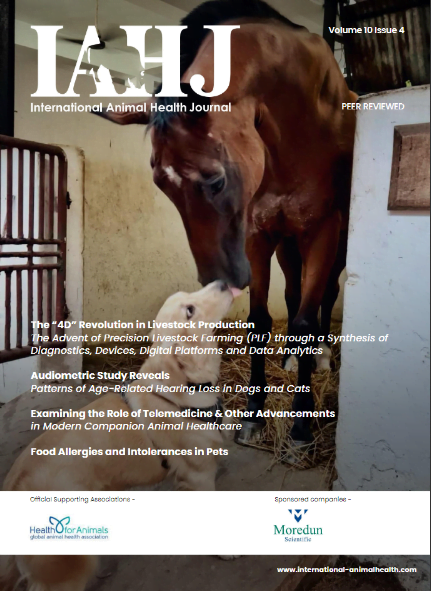Samples needed for ongoing research into Aeromonas hydrophila

A bacterium that causes ulcerative skin lesions and kidney failure in fish could be linked to cases of Alabama rot in UK dogs, current research suggests.
Fish vet Dr Fiona Macdonald is co-ordinating a study into whetherAeromonas hydrophila could be a possible cause of cutaneous and renal glomerular vasculopathy (CRGV), also known as Alabama rot.
The first cases of CRGV in UK dogs were confirmed in 2012. Anderson Moores Veterinary Specialists recently put the total number of cases at 122. The disease causes skin lesions and often fatal kidney failure.
While the cause is not yet known, it appears to have a seasonal aspect, with most cases occurring between November and June. Initial cases occurred in areas with substantial amounts of water, as a result of unusually high rainfall, during cold weather. Both running water and standing water were 4ºC for some weeks at the time of the cases.
A hydrophila was first recorded in dogs in 1995. It is known to cause ulcerative skin lesions in both ornamental and farmed fish, with subsequent kidney failure. The UK strains prefer cold, which could be why it grows in the skin lesions – as they are cooler than the rest of the body.
Diagnostic laboratory BioBest, in Edinburgh, developed a specific test for A hydrophila antibodies in serum. Dr Macdonald says a significant number of blood samples submitted from suspected CRGV cases, strongly indicated an immune response to the organism. The samples came from dogs living in rural areas across the UK, from southern Scotland to Devon.
Specialist transport medium swabs have also been sourced to sample skin lesions on first presentation to a veterinary surgeon. These are subjected to specific culture conditions for Aeromonads. So far, Dr Macdonald says there has been only one positive isolation of the organism from a swab taken from a suspect lesion. This dog also produced a positive antibody response to the organism.
Research thus far has also involved testing canine kidney cells in tissue culture to determine if there are any effects associated with the A hydrophila. Dr Macdonald says the theory is that toxins from the organisms cause kidney problems in affected dogs, rather than direct infection by the organism itself. This could explain why the organism has never been isolated so far in affected dog kidneys.
Results show that both the medium in which the organism has been grown, and the inactivated organism, killed the dog kidney cells in tissue culture – even after significant dilution. Dr Macdonald says this goes a long way to confirming the involvement of bacterial toxins.
Going forward, the project needs many more samples to draw firm conclusions, but the early results have been described as ‘very promising’.
Fish vet identifies possible cause of Alabama rot
Animal Health Media © 2024, All Rights Reserved – Powered by Teksyte











